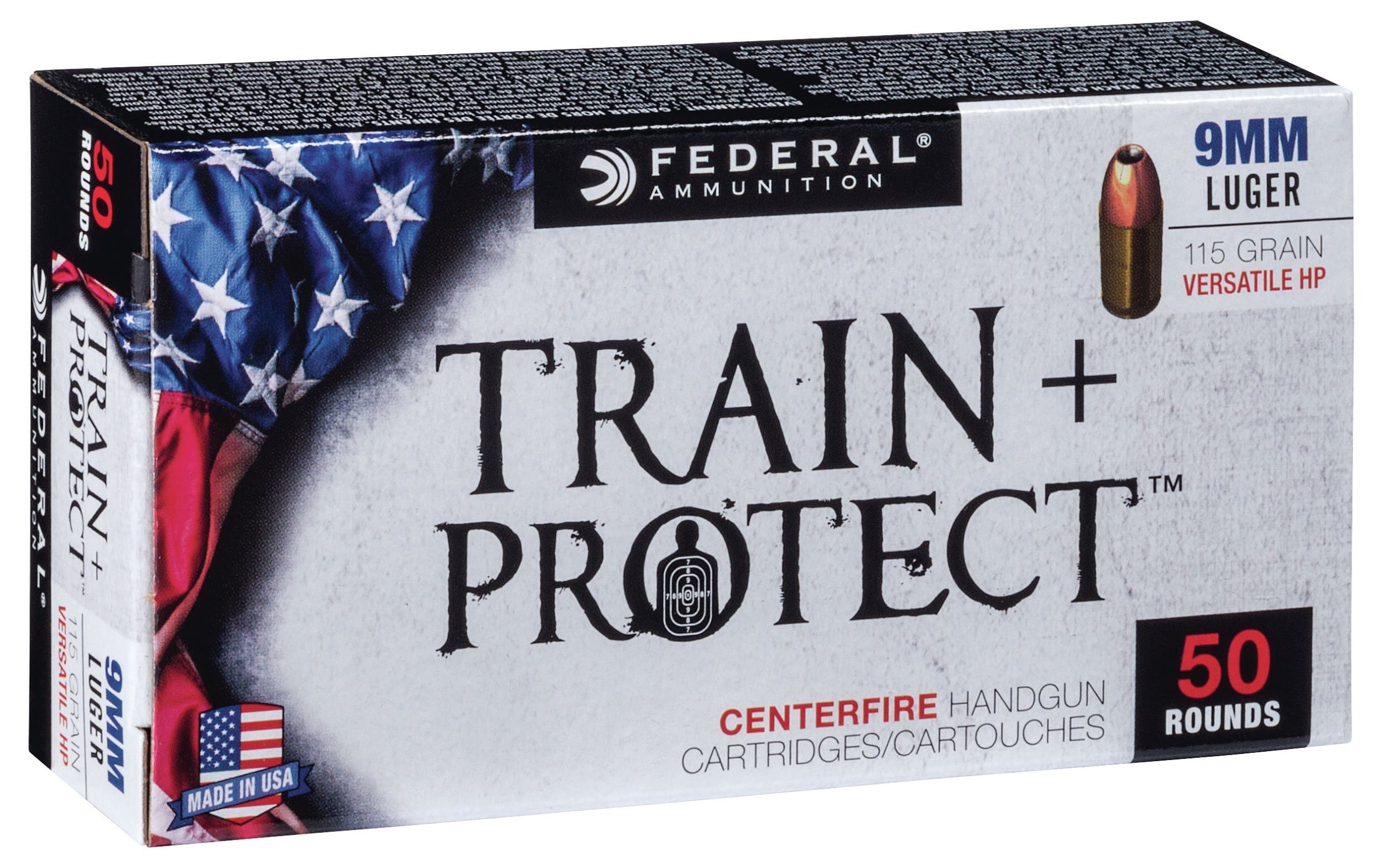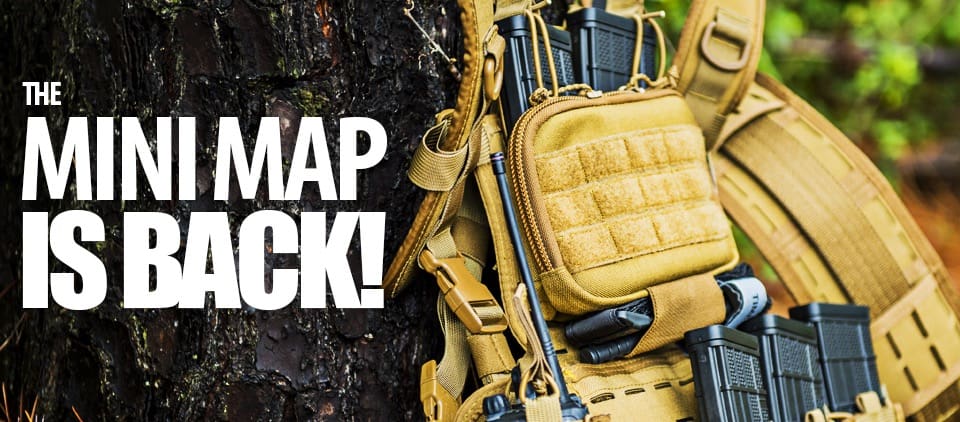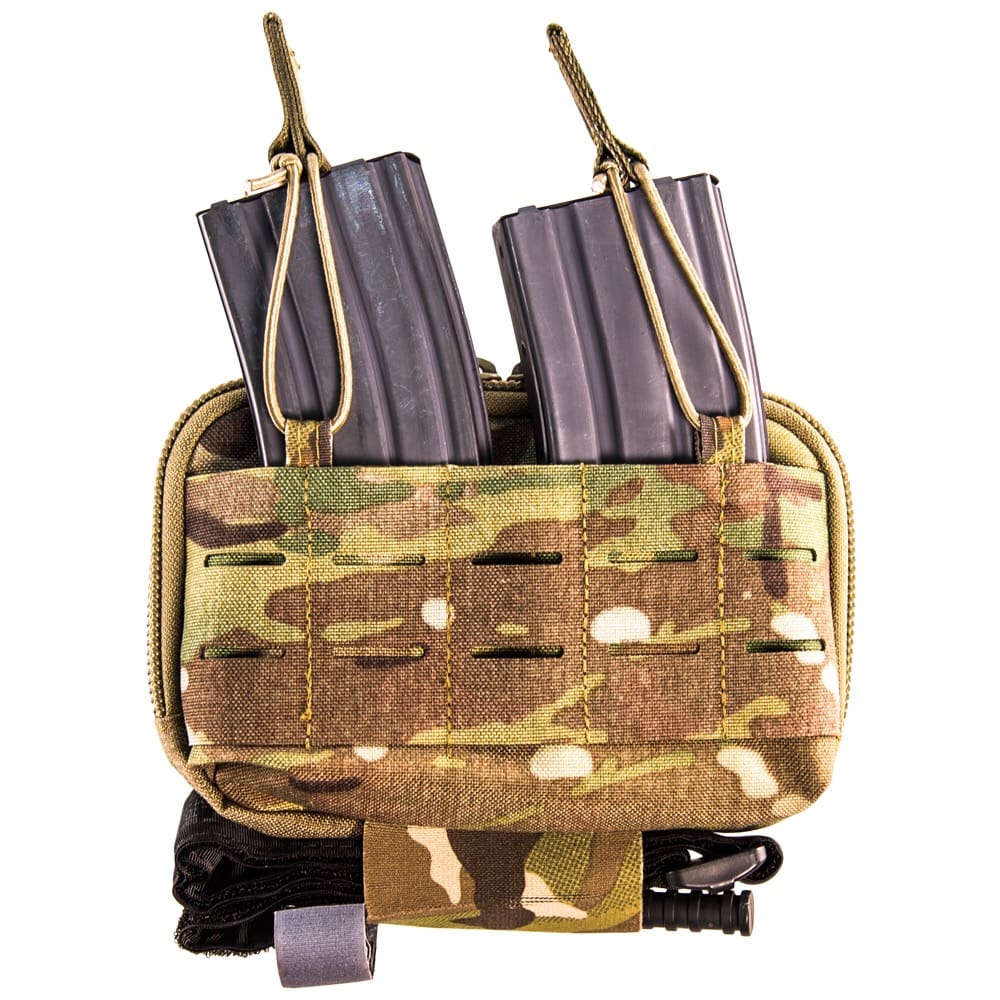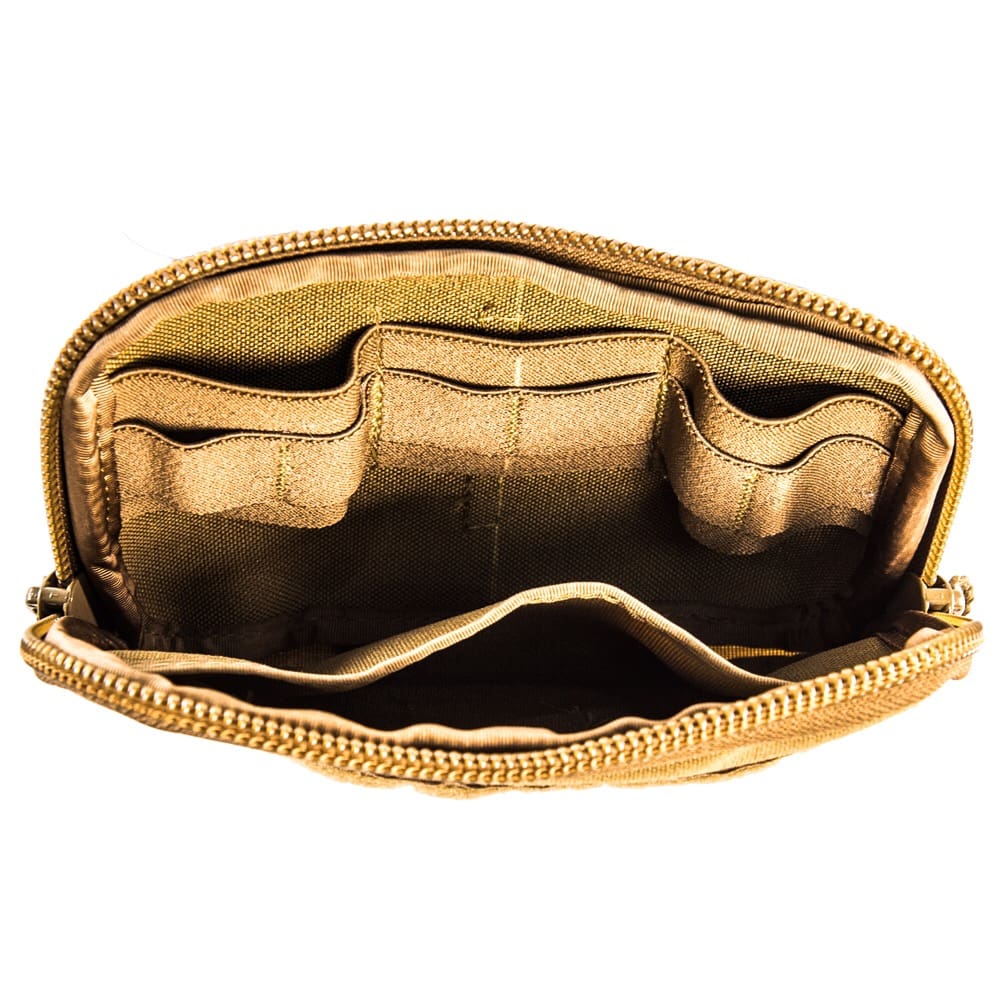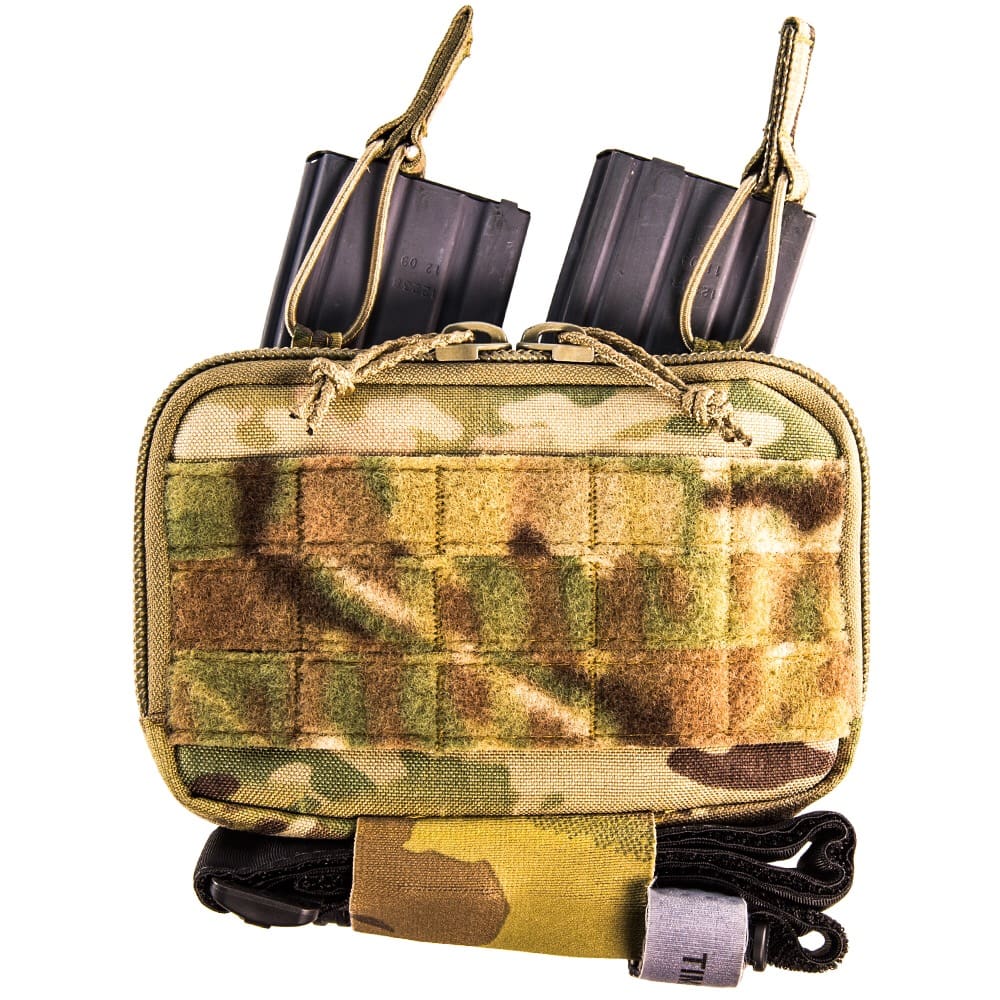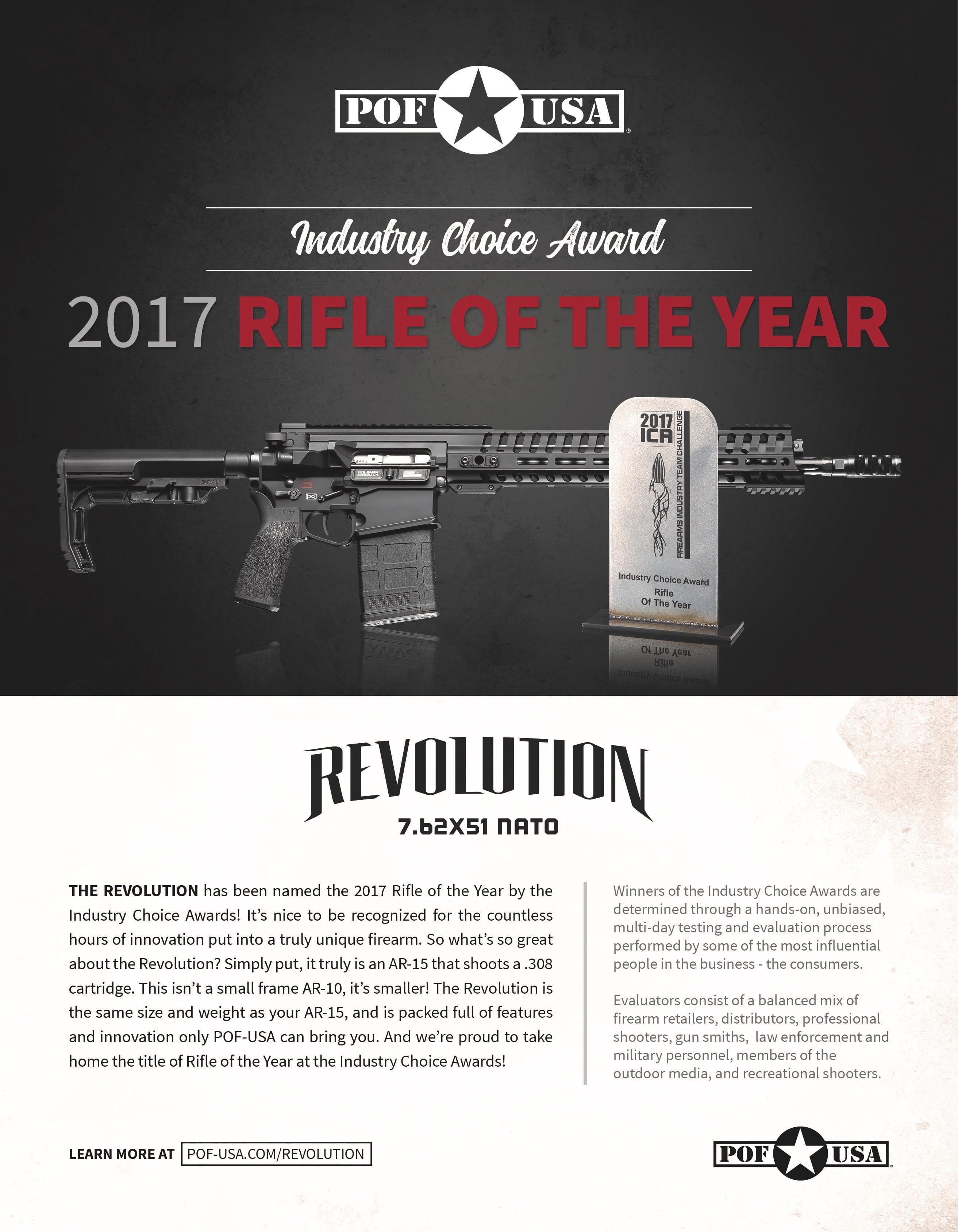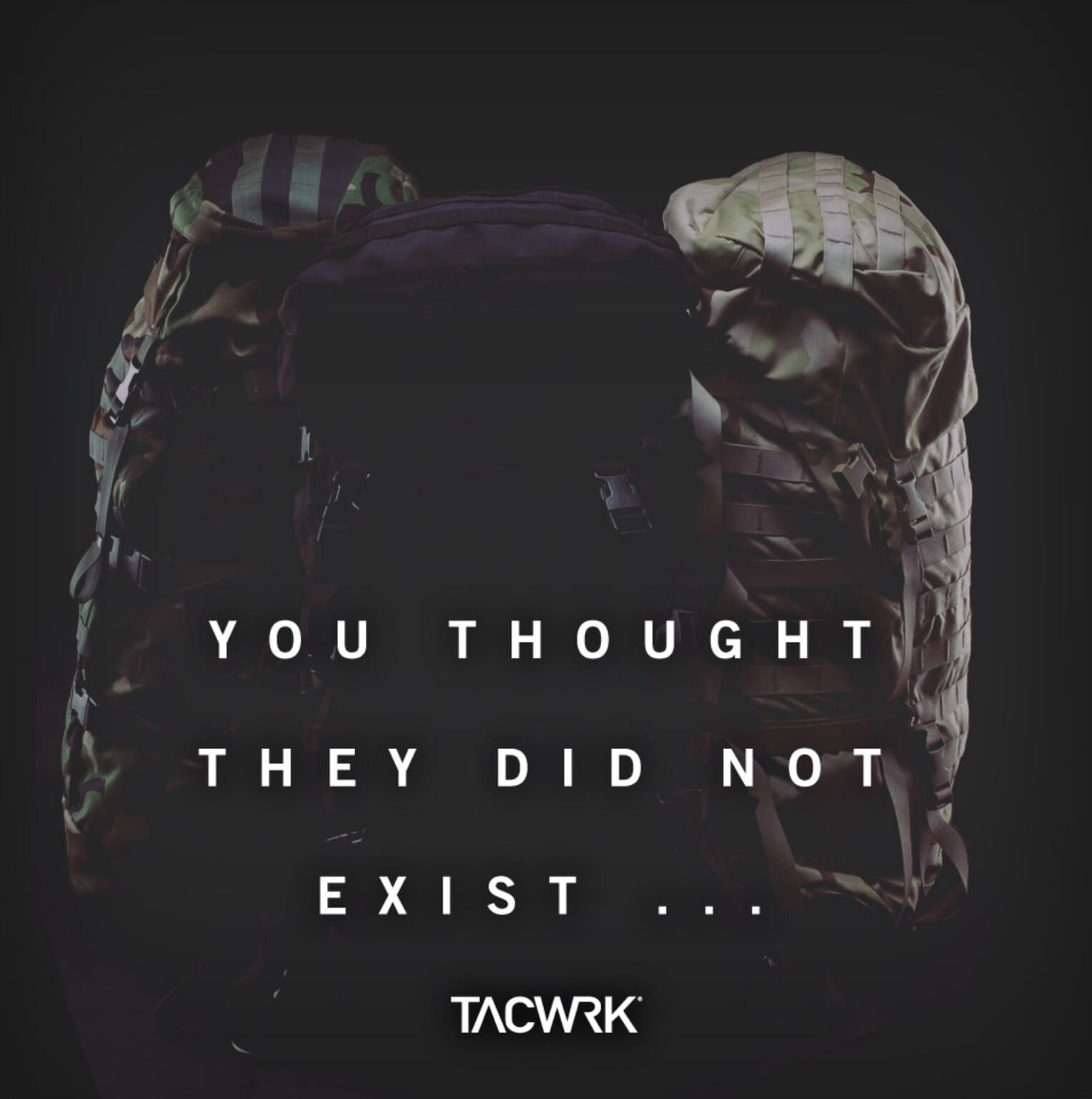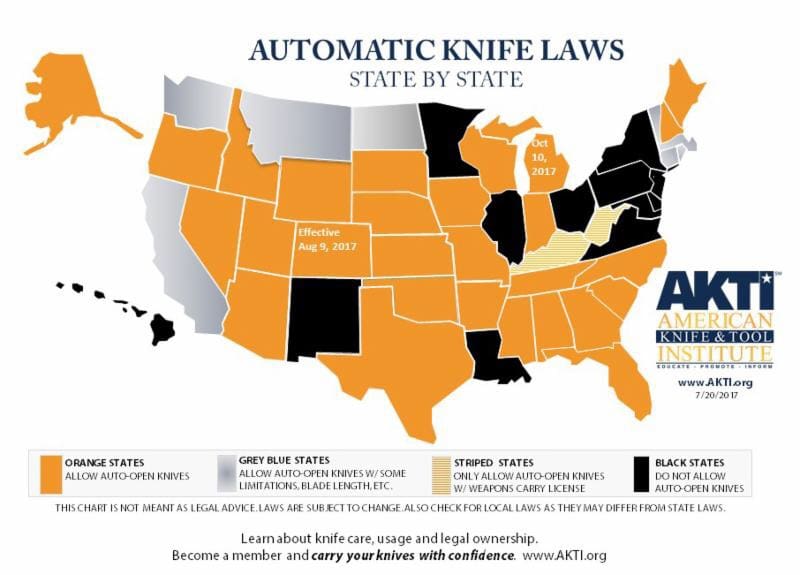Last week, the Marine Corps Systems Command (MARCORSYSCOM) issued a Sources Sought Notice, often also referred to a Request For Information (RFI) to industry for commerically available suppressors for the 5.56mm NATO M4, M4A1, and M27. The RFI is an important step in developing a realistic requirement which leads to a solicitation and eventually, procurement.
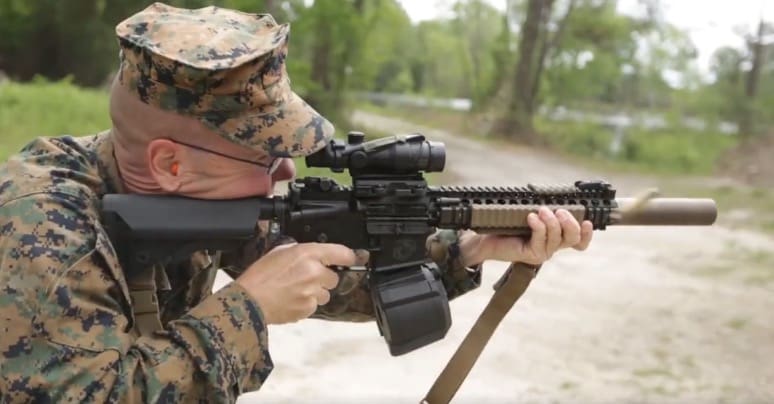
Marine Gunner Christian Wade (seen above) has been a big advocate of suppressing Marine weapons, even producing videos to educate Marines of their true capabilities. It’s good to see the Marines catching up with his vision.
They’ve certainly done their homework and have developed quite a list of what they are looking for. Additionally, they are keeping their options open, stating that future procurement quantities of suppressors could span between 18,000 and 194,000.
According to the RFI, at a minimum, suppressors should meet the following requirements:
1. The suppressor should be capable of detachment/attachment and disassembly/ reassembly by an operator in the field without the use of special tools for normal care and cleaning.
2. Suppressor should enable a noise level of 139 decibels or lower at either of the shooters ears.
3. Suppressor should be a design that minimizes the change in the host rifle internal operating system dynamics.
4. Suppressor may be of the over the barrel, or flush mount design and should not be longer than 20″ total barrel length (threshold), 18″ (objective).
5. Suppressor should be of the quick detachable design. A special muzzle device may be attached (by a unit Armorer) to the OEM weapon in order to facilitate installation and removal by an operator.
6. Must be able to withstand the sustained rate of the M27 IAR (capable of a rate of fire of 36 rounds per minute for 16 minutes, 40 seconds with firing starting at ambient temperature for a 600 round load).
7. The entire suppressor and muzzle device should weigh no more than 18 oz.
8. The use of the suppressor should not increase the dispersion of each respective weapon. It is acceptable for the weapon to experience a repeatable shift in the zero between unsuppressed and suppressed operating modes, but that shift should not exceed 3 MOA for each respective weapon.
9. The suppressed weapon should retain its dispersion through the life of the barrel (objective of 24,000 rounds)
10. The suppressor system is not required to have an internal projectile pathway which is the usual industry standard for a 5.56mm diameter round. The internal bullet channel may be larger than is typical of current suppressor designs. In other words, the suppressor may be able to be employed on multiple calibers (i.e. A059 Ball, AB49, AC12, AB57 etc.) without any modification to the suppressor. This attribute not only facilitates future caliber/weapon capabilities, but could also mitigate baffle strikes.
11. Suppressor should function with all Department of Defense Identification Code (DODIC) 5.56 mm ammunition, including A059 Ball, A063 Tracer, A080 Blank, AA33 Ball, AA53 Ball Special Match, AA69 Armor Piercing, AB49 Ball Carbine barrier, AC12 and AB57 Enhanced Performance Round.
12. Suppressor should not require permanent configuration changes to the weapon system.
13. Suppressor should not inhibit the mounting or operation of the M203 or M320 grenade launchers (objective).
14. Suppressor should not require the addition of a gas mitigating charging handle.
15. Should be able to accept a suppressor sleeve in order to reduce thermal signatures and mitigate operator burns.
16. All suppressor external surfaces should have a dull, low-reflective finish (to include pins, bolts, lanyards, sight posts, etc.). The external color of the system should be consistent with current camouflage colors and patterns.
18. The suppressor material should be able to accept approved USMC paint (e.g. rattle-can spray paint).
19. Suppressor should be resistant to corrosion, abrasion, impacts and chemicals, including standard Chemical, Biological, Radiological and Nuclear (CBRN) decontaminants.
20. The suppressor should resist maritime corrosion and/or effects of carbon/copper/lead fouling.
• MIL-L-46000C – Lubricant, Semi-fluid (Automatic Weapons)
• MIL-PRF-372D – Cleaning Compound, Solvent (Bore of Small Arms and Automatic Aircraft Weapons)
• MIL-PRF-14107D – Lubricating Oil, Weapons, Low Temperature
• MIL-PRF-63460D – Lubricant, Cleaner and Preservative for Weapons and Weapons Systems
22. The suppressor should not require a more frequent cleaning schedule than the weapon system.
23. The system, with suppressor attached should continue to operate and safely function after exposure to blowing dust, mud, salt fog, rain, and icing/freezing rain environments as specified in US Army Development Test Operations Procedure (TOP) 3-2-045 (Small Arms – Hand and Shoulder Weapons and Machineguns) dated Sep 2007.
24. The system, with suppressor attached should be able to withstand the shock from a user performing individual movement techniques in combat, and the vibrations of being transported in standard military aircraft and ground vehicles as loose cargo, without degradation of performance.
25. The system, with suppressor attached should continue to safely function after being dropped in any orientation from a 1.7 meter height onto a smooth concrete or steel surface at temperatures ranging from -25º Fahrenheit (F) to 140º F. The addition of the suppressor on the weapon system should not result in a discharge when dropped from this height.
26. The system, with suppressor attached should safely function through a temperature range of -25º F to +140º F without degradation of performance.
27. In addition to the suppressor, request information on the ability of industry to provide a BFA type suppressor (that looks like, operates like and weighs the same as the live fire suppressor). This BFA type suppressor should be capable of catching a live 5.56mm round. This BFA suppressor should also be easily distinguished as a training device only.
Those interested in providing information to MARCORSYSCOM have until September 6th. Visit www.fbo.gov for full details.


